What are Word & Sentence Embedding? 5 Applications
Summarize this article with:
✨ AI Generated Summary
Enterprise NLP systems face high costs and semantic inconsistencies with traditional embeddings, especially for polysemous terms, prompting adoption of contextual and instruction-tuned embeddings that improve domain accuracy and cross-lingual understanding. Modern embeddings enable advanced applications like text classification, named entity recognition, and multilingual retrieval by representing words, sentences, and documents as dense vectors capturing semantic relationships.
- Word embeddings map words to dense vectors reflecting semantic similarity; contextual models like BERT resolve polysemy by generating dynamic embeddings.
- Sentence embeddings encode entire sentences for holistic semantic understanding, supporting tasks like semantic search and content clustering.
- Multilingual embeddings align semantics across languages, enabling zero-shot classification and cross-lingual retrieval without parallel translation.
- Embedding optimization techniques include instruction tuning, compression, and training-free methods, enhancing accuracy and efficiency.
- Evaluation relies on benchmarks (MTEB), intrinsic metrics, and domain-specific validation, with best practices emphasizing fine-tuning, dimensionality reduction, and prompt engineering.
- TF-IDF complements embeddings in domain-specific contexts but lacks semantic depth and context-awareness.
- Tools like Airbyte facilitate scalable embedding data pipelines with vector database integration and enterprise-grade operations.
Data professionals managing enterprise NLP systems face a critical bottleneck: traditional embedding approaches consume computational budgets exceeding $300,000 annually while delivering inconsistent semantic understanding across domain-specific contexts. This challenge intensifies when polysemous terms like "cell" generate identical vectors whether appearing in biological research or telecommunications documentation, causing 42 % of enterprises to struggle with operationalizing AI solutions despite substantial investments. Modern sentence and word embeddings have evolved to address these pain points through contextual awareness and instruction-tuned optimization, transforming how machines process human-language semantics.
Sentence and word embeddings serve as the mathematical foundation enabling large language models to understand semantic relationships, power retrieval-augmented generation systems, and drive breakthrough applications in text classification, named entity recognition, and cross-lingual information processing. This comprehensive analysis explores the technical architectures, practical applications, and implementation strategies that define modern embedding systems, examining both foundational concepts and cutting-edge advancements that shape contemporary NLP workflows.
What Are Word Embeddings and How Do They Work?
Word embedding represents a fundamental technique that transforms words into dense numerical vectors within high-dimensional space, where geometric relationships reflect semantic similarities between corresponding terms. Unlike sparse one-hot encoding methods that treat words as isolated symbols, embeddings capture distributional semantics based on the principle that words appearing in similar contexts tend to have related meanings.

The model positions semantically related words such as "king" and "queen" or "man" and "woman" in proximate vector locations. This geometric arrangement enables vector arithmetic operations that reveal fascinating linguistic relationships:
vector("king") – vector("man") ≈ vector("queen") – vector("woman")
Modern contextual embeddings have superseded static approaches by generating dynamic representations that adjust based on surrounding text context. While Word2Vec and GloVe assign fixed vectors regardless of usage context, contemporary models like BERT and RoBERTa produce unique embeddings for identical words appearing in different semantic environments, resolving polysemy challenges that plagued earlier architectures.
What Are Sentence Embeddings and How Do They Differ From Word Embeddings?
Sentence embeddings extend the vector-representation paradigm from individual words to complete textual units, encoding entire sentences, paragraphs, or documents into dense vectors that preserve semantic meaning and contextual relationships. This approach enables machines to understand text at higher levels of granularity, supporting applications like document similarity comparison, semantic search, and content clustering that require holistic understanding rather than word-level analysis.

The fundamental distinction between sentence embedding vs word embedding lies in their scope and contextual integration. Word embeddings focus on individual lexical units and their distributional properties, while sentence embeddings capture compositional meaning that emerges from word combinations, syntactic structures, and contextual dependencies.
Popular methodologies include the Universal Sentence Encoder (USE), Sentence-BERT, Sentence Implicit Frequency (SIF), and the CNN-non-static model, which raised TREC question-classification accuracy from 95 % to 98.6 % by capturing sentence-level semantic patterns that individual word vectors cannot represent.
How Do Multilingual Sentence Embeddings Enable Cross-Language Understanding?
Multilingual embeddings create unified vector spaces where semantically equivalent sentences from different languages occupy similar geometric positions, enabling cross-lingual applications without requiring parallel translation.
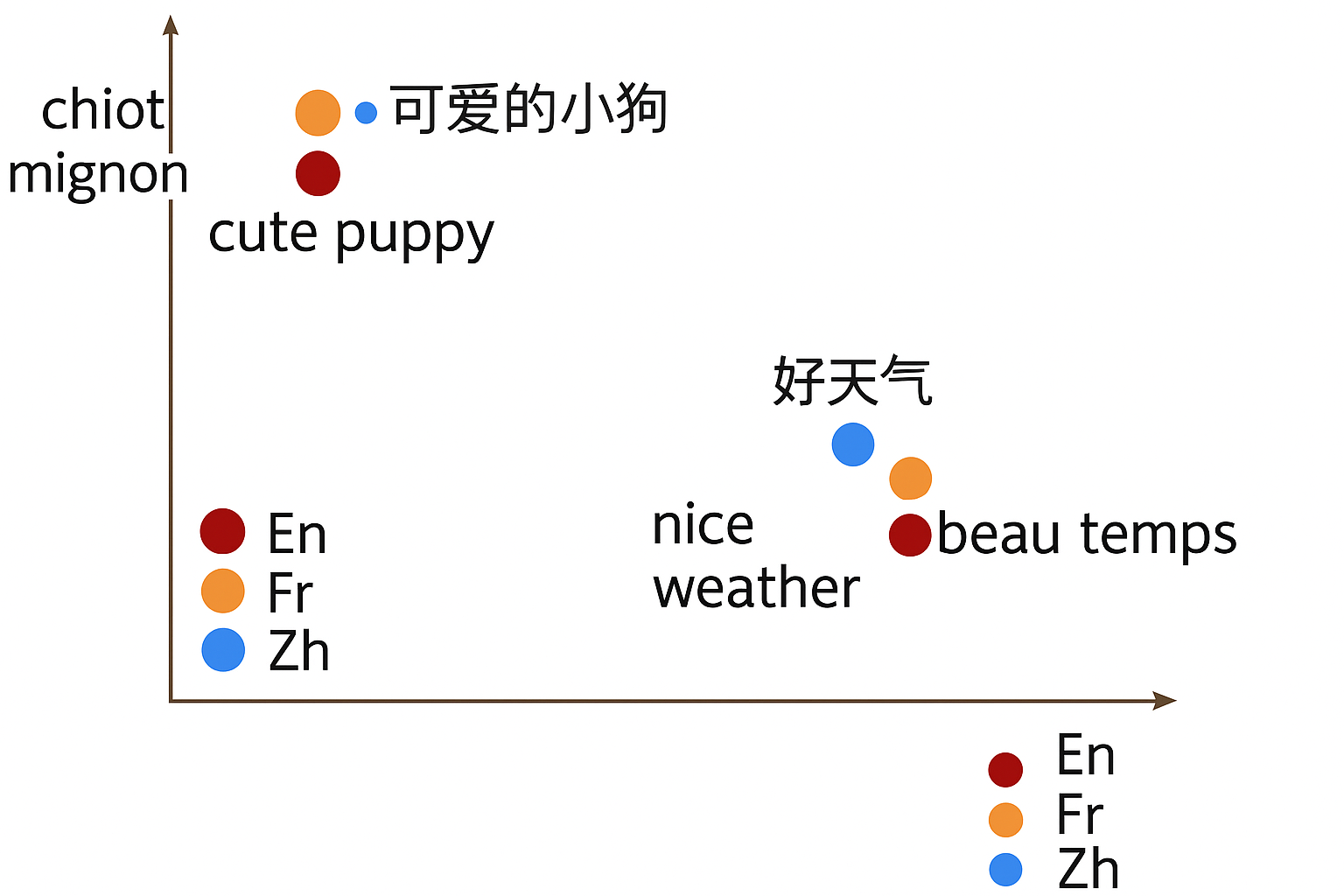
Translation Language Modeling (TLM) extends masked-language pre-training to multilingual contexts. Modern approaches like LASER and XLM-R employ adversarial training and cross-lingual attention to align semantics across languages with different grammatical structures and vocabularies.
These systems power zero-shot classification, multilingual information retrieval, and instruction-tuned embeddings that incorporate task-specific guidance for better performance across diverse linguistic and cultural contexts.
What Are the Key Real-World Applications of Word Embeddings?
Text Classification

Embeddings give classifiers semantically rich features, boosting spam detection, sentiment analysis, and topic categorization.
Named Entity Recognition (NER)
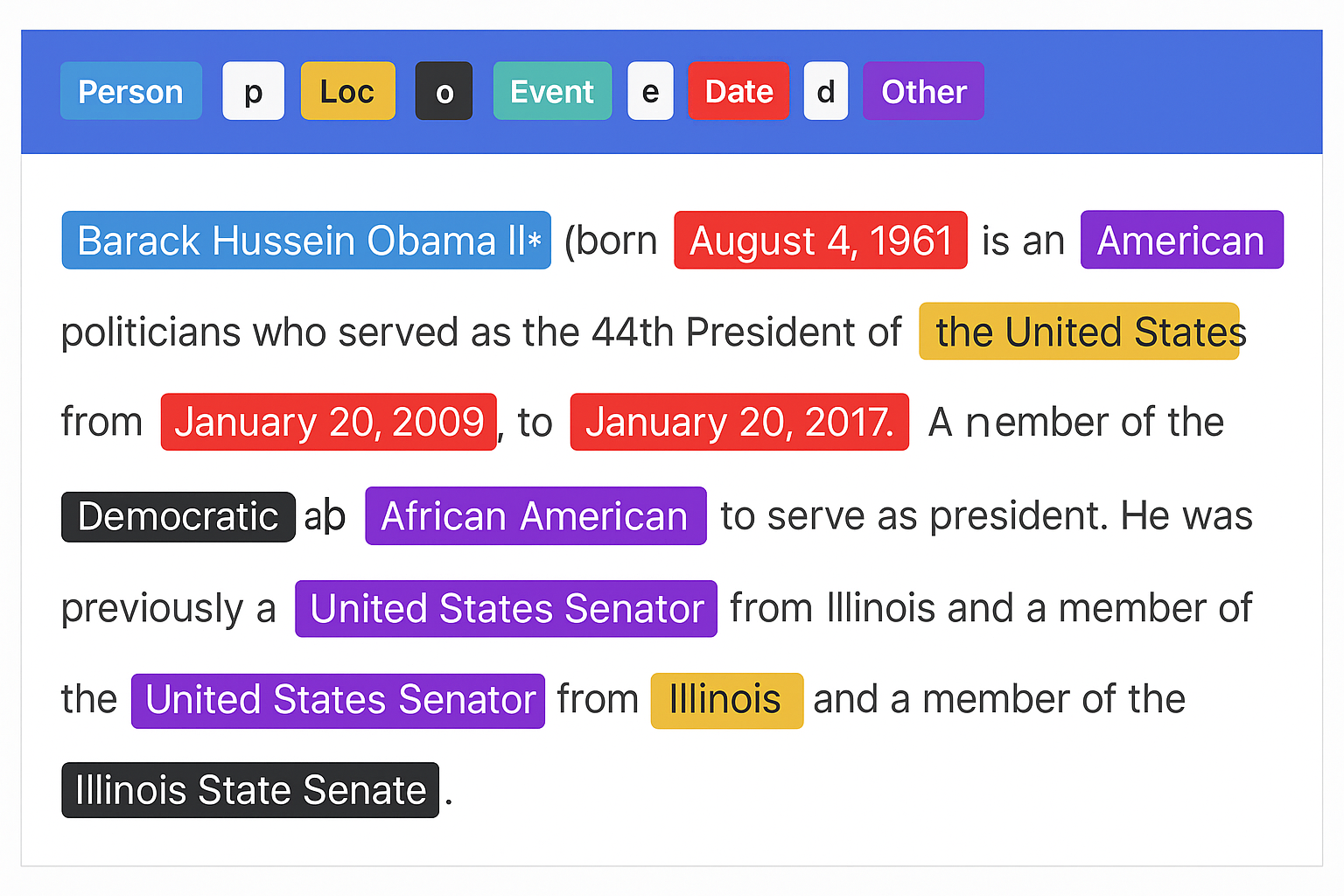
Contextual vectors disambiguate entities sharing identical surface forms (e.g., "Apple" the company vs the fruit).
Machine Translation
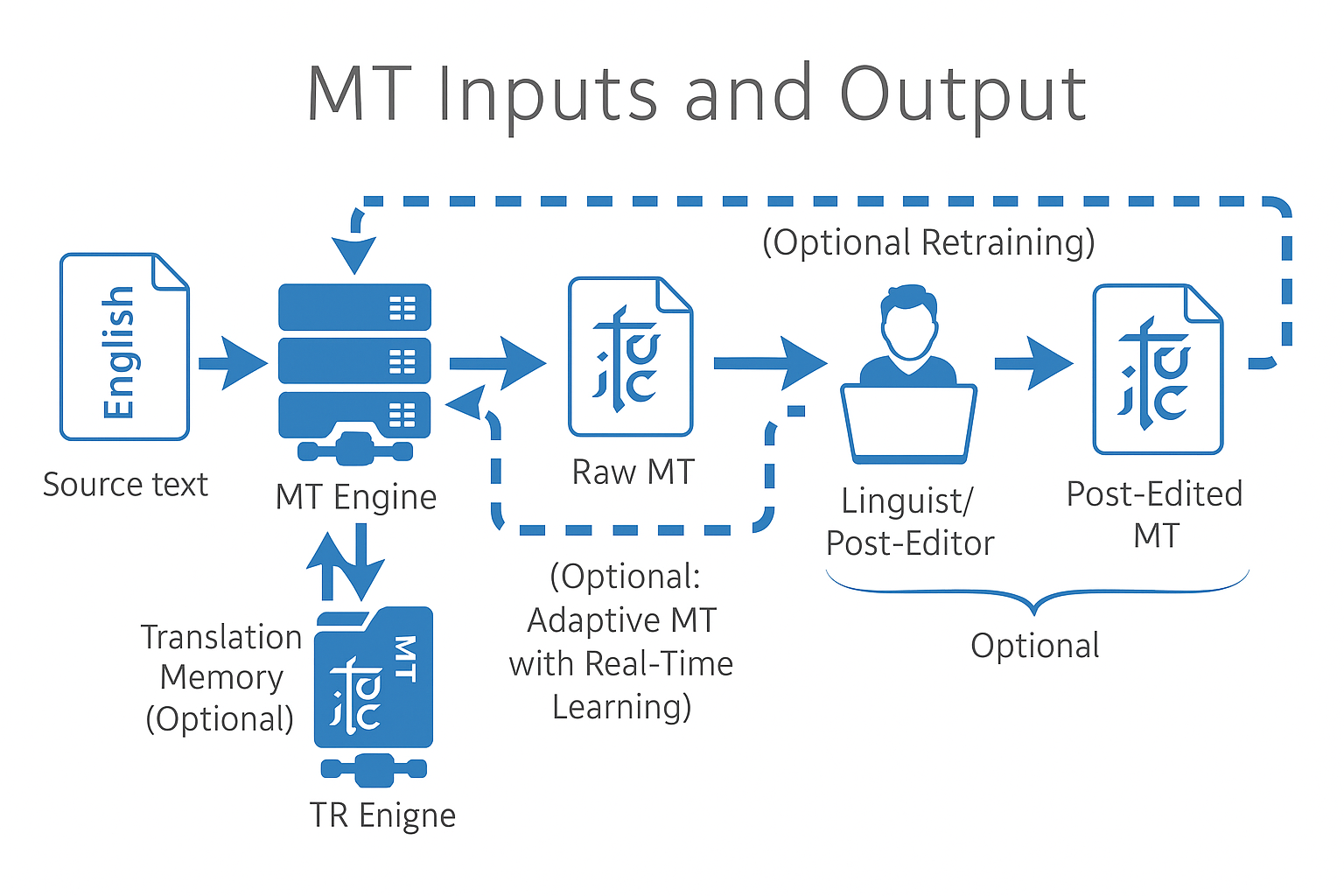
Pre-trained multilingual vectors (e.g., fastText) underpin neural machine translation, enabling zero-shot and low-resource scenarios.
Question Answering
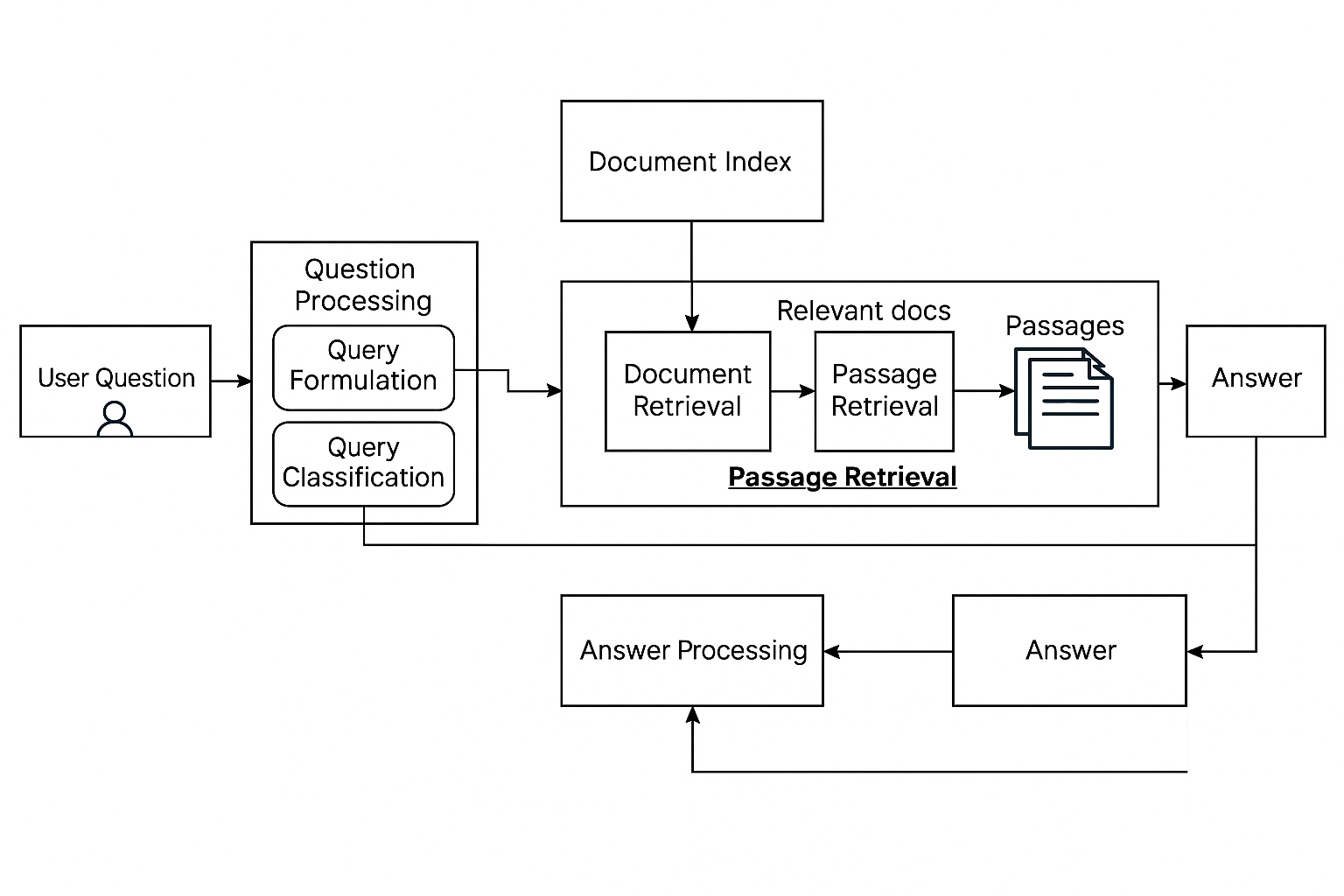
LLMs compare embeddings for questions and candidate answers to retrieve the most relevant context for generation.
Information Retrieval
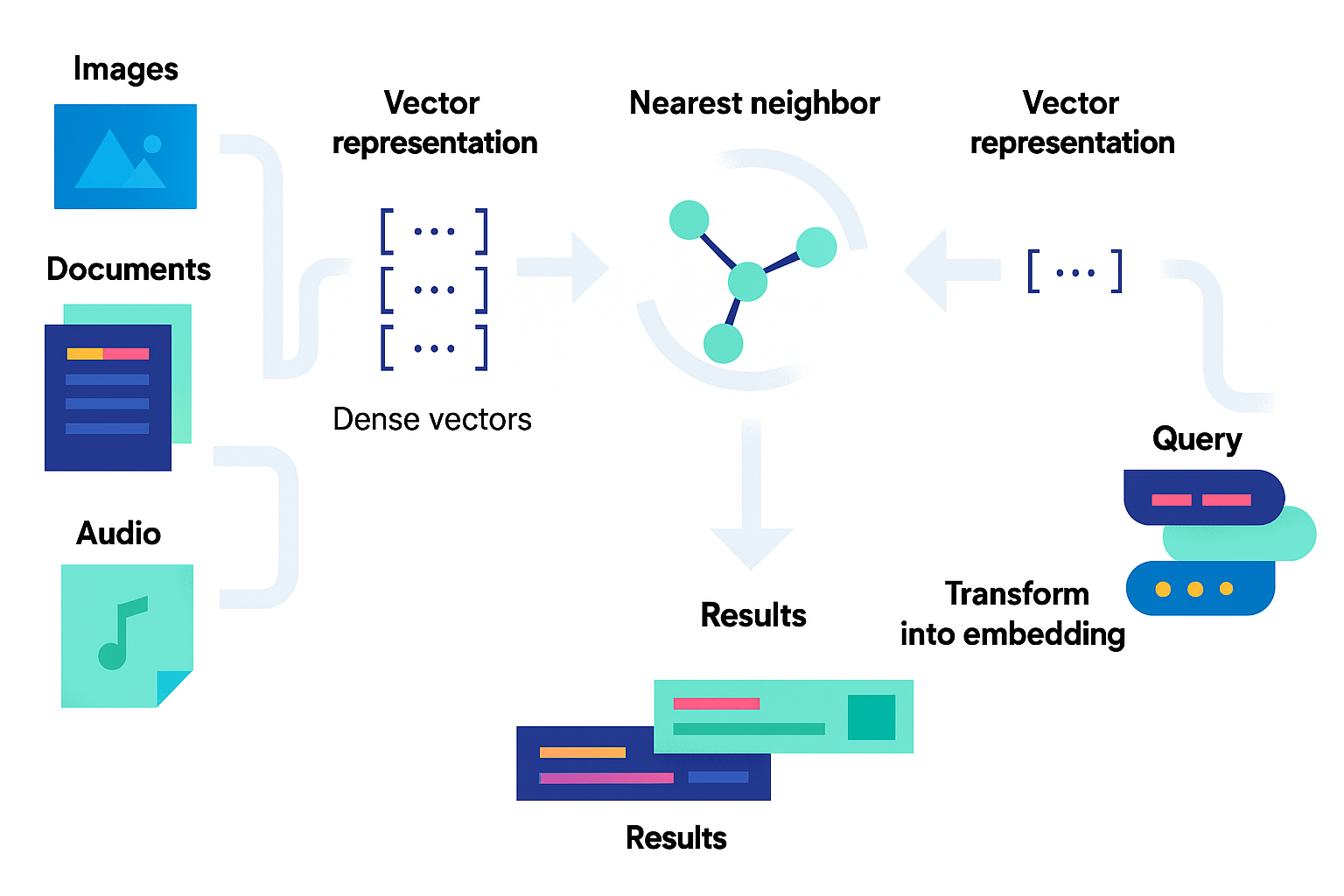
Queries and documents are embedded into a shared space; similarity metrics (e.g., cosine) rank results beyond simple keyword overlap.
How Have Word Embeddings Evolved Throughout History?
- 2003 – Feed-forward neural language models (Bengio et al.)
- 2009 – Probabilistic models (Mnih & Hinton)
- 2013 – Word2Vec (Skip-gram & CBOW)
- 2014 – GloVe (global + local context)
- 2017-2018 – Transformer revolution
- 2018-2019 – BERT and GPT contextual embeddings
- 2020-2024 – Instruction-tuned embeddings
- 2024-2025 – Multimodal integration
This trajectory shows the shift from static word-level vectors to dynamic, context-aware systems spanning languages and modalities.
How Are Word Embeddings Created and Trained?
Word2Vec Architecture

CBOW predicts target words from context; Skip-gram predicts context from a target word, learning vectors via back-propagation with hierarchical softmax or negative sampling.
BERT and Contextual Embeddings
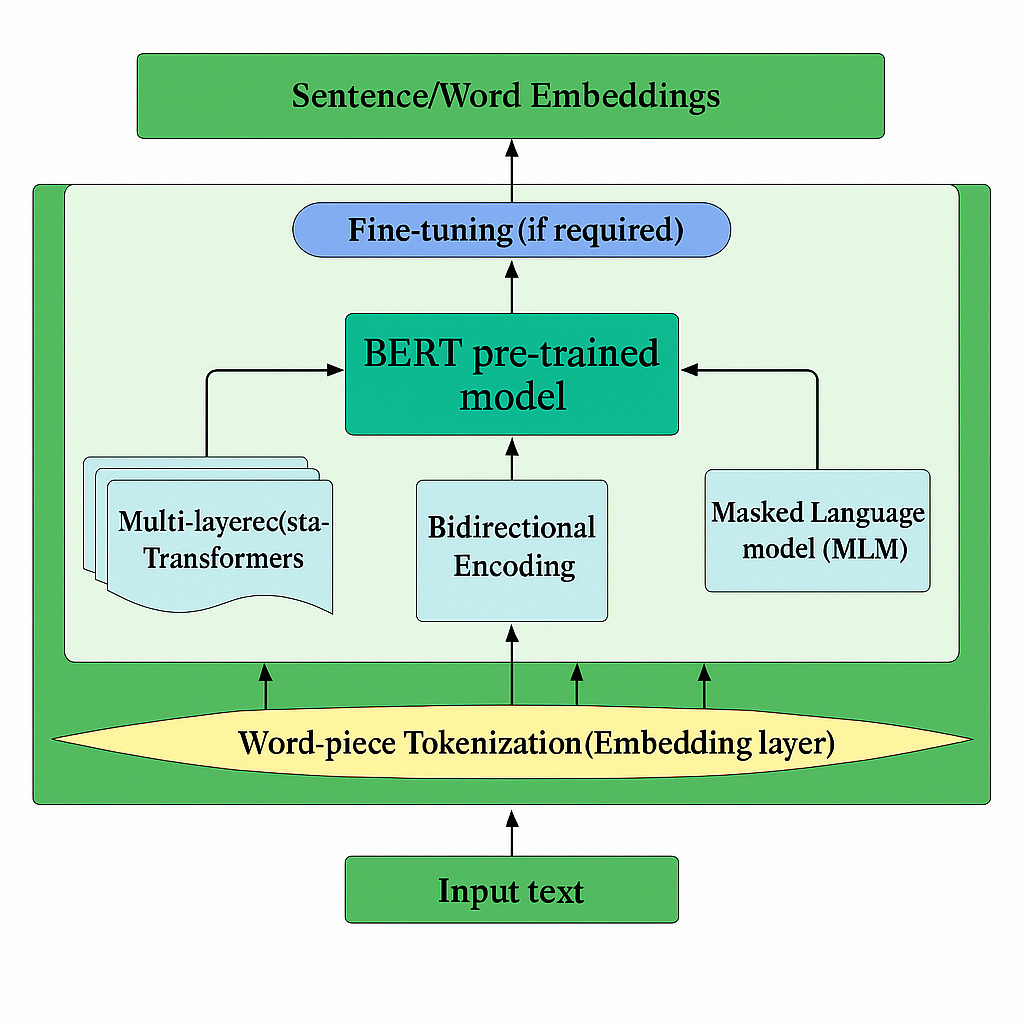
BERT's masked-language modeling produces token embeddings conditioned on full bidirectional context. Extensions like BERT-flow calibrate similarity scores, boosting semantic-similarity benchmarks.
Contemporary instruction-tuned models (e.g., E5-mistral-7b-instruct) generate embeddings optimized for specified tasks such as "legal document similarity."
How Can Advanced Embedding Optimization Techniques Enhance Performance?
- Instruction-tuned generation – task-specific guidance improves domain accuracy by up to 38 %.
- Compression & efficiency – binary quantization, Matryoshka Representation Learning, and temperature-controlled compression cut storage while retaining ~95 % accuracy.
- Contextual Document Embeddings (CDE) – incorporate inter-document context, lifting retrieval performance by 17 %.
- Training-free paradigms – methods like GenEOL use LLM prompting to craft high-quality embeddings without fine-tuning.
What Methods Exist for Embedding Performance Evaluation and Best Practices?
Standardized Benchmarks
The Massive Text Embedding Benchmark (MTEB) assesses 56 datasets across eight task categories; MMTEB extends to 112 languages.
Intrinsic Metrics
Semantic-similarity correlations (STS-B), clustering silhouette scores, and alignment uniformity analyze vector-space geometry.
Operational Metrics
Latency, memory footprint, throughput, and embedding-version management govern production readiness.
Domain-Specific Validation
RAG answer quality, cross-lingual transfer, and bias audits ensure application-aligned performance.
Best Practices
- Domain fine-tuning with synthetic data → 22 % gain.
- Dimensionality calibration (PCA/pruning) → 40 % smaller, 97 % accuracy retained.
- Prompt engineering for retrieval → 31 % relevance lift.
- Continuous zero-shot validation safeguards against data leakage.
What Role Does TF-IDF Play in Modern Word Embeddings?
TF-IDF remains valuable for corpus analysis, vocabulary selection, and hybrid feature engineering. Libraries such as Scikit-learn, SpaCy, NLTK, and Gensim provide optimized implementations that complement neural approaches, especially in domain-specific contexts where rare technical terms matter.
What Are the Key Challenges When Comparing TF-IDF vs Word Embeddings?
- Semantic limitations – TF-IDF lacks synonym awareness.
- Out-of-vocabulary words – embeddings handle unseen terms via subword tokenization.
- Context & polysemy – embeddings resolve word-sense ambiguity.
- Efficiency trade-offs – embeddings need more memory; TF-IDF uses sparse matrices.
- Interpretability – TF-IDF dimensions map to words, whereas embedding dimensions are abstract.
Suggested read: Semantic Mapping
How Can You Build Robust Data Pipelines for Word Embeddings with Airbyte?
Airbyte streamlines data ingestion, transformation, and loading into vector databases, supporting over 550 connectors and AI-powered transformations.

Vector Database Integration & RAG Support
Connectors for Pinecone, Weaviate, PGVector, etc., load embeddings with metadata, handle incremental syncs, and automate LangChain-based chunking and embedding generation.
Enterprise-Grade Operations
Multi-region deployment, direct-loading to Snowflake/BigQuery (offering potential cost and efficiency benefits), and unified metadata synchronization enable compliant, large-scale embedding workflows.
AI-Assisted Development
The low-code CDK and PyAirbyte accelerate custom connector creation and local testing.
Modern Data-Stack Integration
Airbyte provides orchestration through official Airflow integration and a robust API-first architecture, while dbt Cloud and Prefect can be incorporated externally for transformation and workflow orchestration; observability features require custom integrations.
Suggested read: Semantic Search vs Vector Search
FAQs
What is the difference between word and sentence embeddings?
Word embeddings encode individual words; sentence embeddings encode whole sentences, capturing compositional meaning.
What are word, sentence, and document embeddings?
Word → single words; sentence → sentences; document → entire documents, each as dense vectors.
What is the difference between BERT and sentence-transformers?
BERT outputs token-level contextual embeddings; sentence-transformers adapt BERT-like models to produce high-quality sentence-level embeddings.
What is the difference between sentence embedding and token embedding?
Token embeddings represent individual words/sub-words; sentence embeddings represent entire sentences in one vector.
What is an example of a sentence embedding?
"Today is a sunny day" → [0.32, 0.42, 0.15, …, 0.72], a high-dimensional vector capturing its semantics, tone, and context.

.webp)
